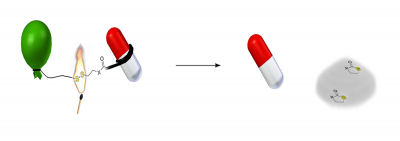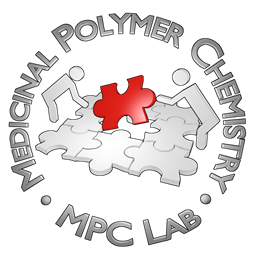Our newest publication a communication on Self-Immolative Linkers Literally Bridge Disulfide Chemistry and the Realm of Thiol-Free Drugs has been published in Advanced Healthcare Materials.
The ultimate goal of controlled, intracellular drug delivery is to get the drug to the target cell without spilling the contents in transit and then release the entire payload upon cell entry. One of the most powerful platforms to achieve this relies on the intracellular disulfide reshuffling as a trigger for drug release form the engineered prodrugs. However, utility of disulfide reshuffling for drug release is naturally applicable only to the thiol containing molecules—ultimately leaving nearly all commercialized drugs beyond the scope of this platform. This is a drastic limitation. A cunning new tool of organic chemistry is fast entering the mainstream of prodrug design: the self-immolative linkers. This platform allows overcoming the natural chemical barrier and makes it possible to link virtually any drug to its carrier via a disulfide bond and engineer a specific intracellular release. It is a game-changing accomplishment of modern organic chemistry. The scope and limitations of this novel opportunity for medicinal chemistry and nanomedicine are outlined.
